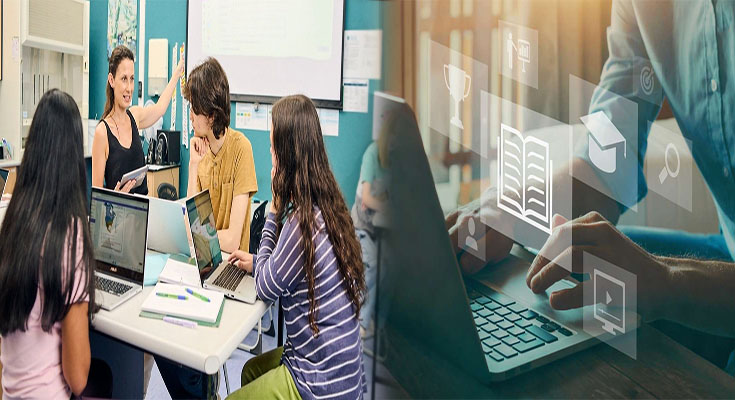
Future Trends of Artificial Intelligence in Higher Education
Artificial Intelligence (AI) is revolutionizing various sectors, and higher education is no exception. As technology continues to advance at a rapid pace, the incorporation of AI in higher education is expected to bring about significant changes in the way students learn and educators teach. Here are some future trends of AI in higher education that are likely to shape the academic landscape:
1. Personalized Learning Experiences
One of the most significant impacts of AI in higher education is the ability to offer personalized learning experiences to students. AI algorithms can analyze individual student data and tailor instruction based on their learning styles, preferences, and strengths. This adaptive learning approach can enhance student engagement, improve learning outcomes, and ensure that each student receives a customized educational experience.
2. Virtual Assistants and Chatbots
AI-powered virtual assistants and chatbots are becoming increasingly prevalent in higher education institutions. These intelligent tools can provide instant …
Future Trends of Artificial Intelligence in Higher Education Read More

